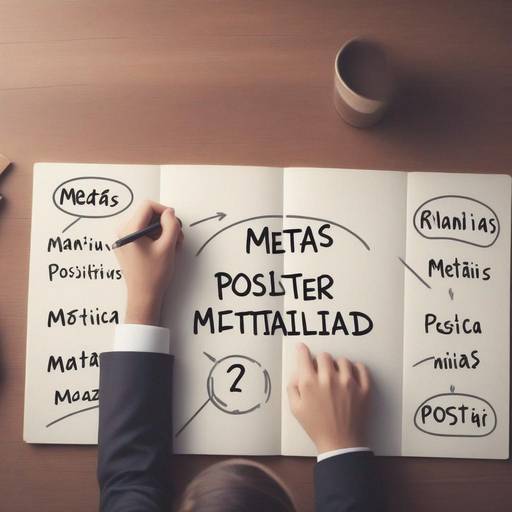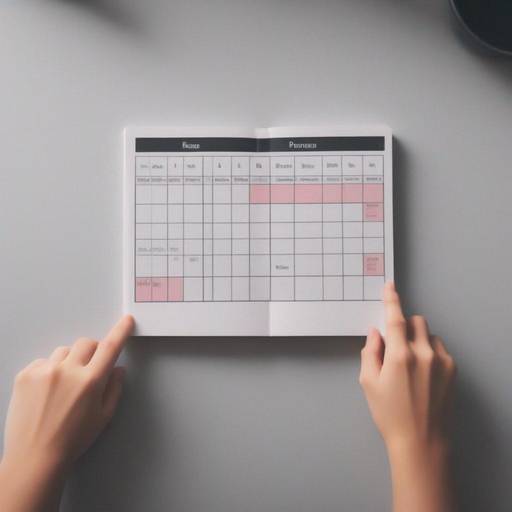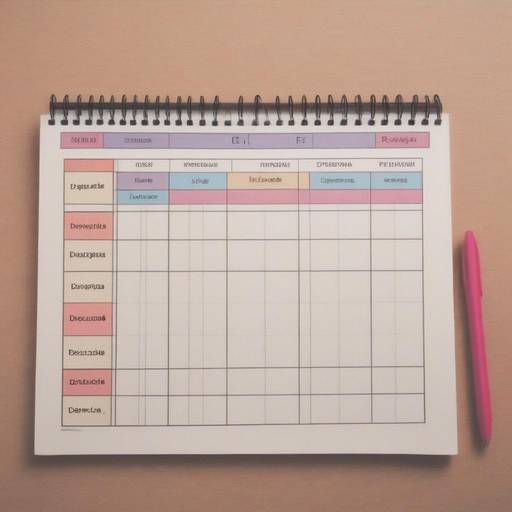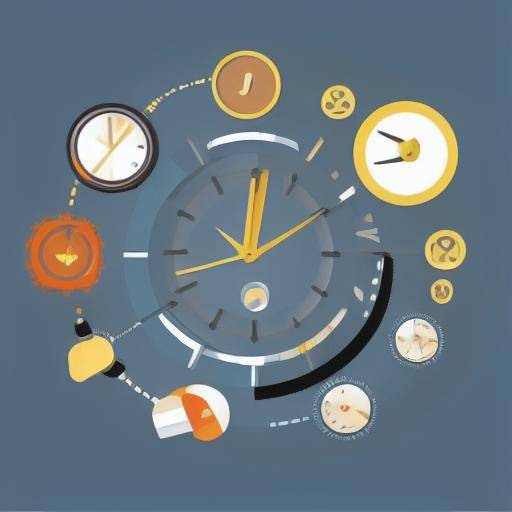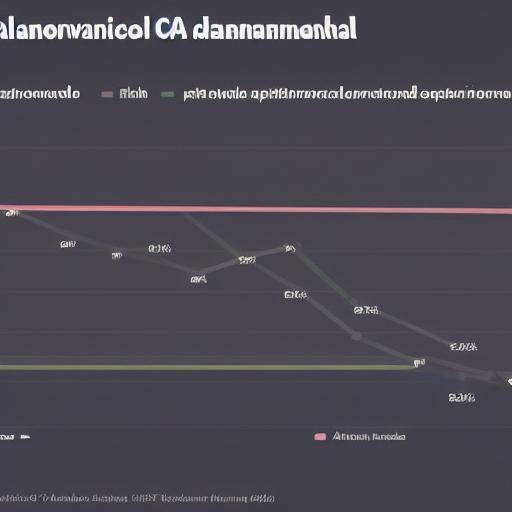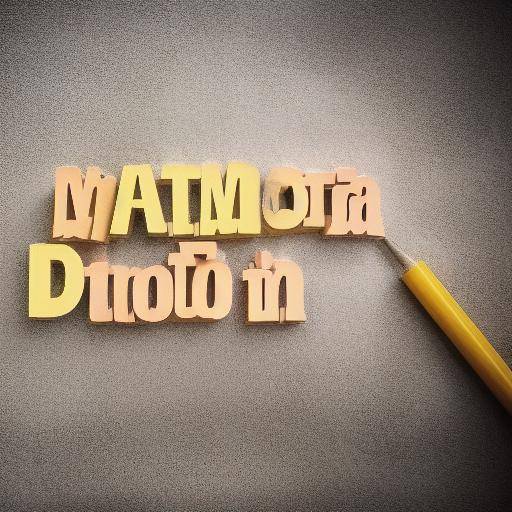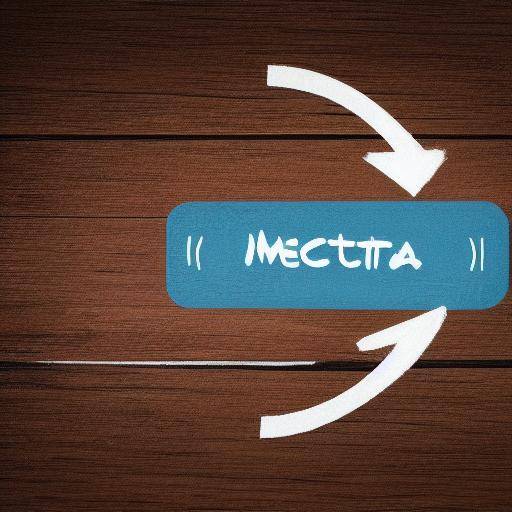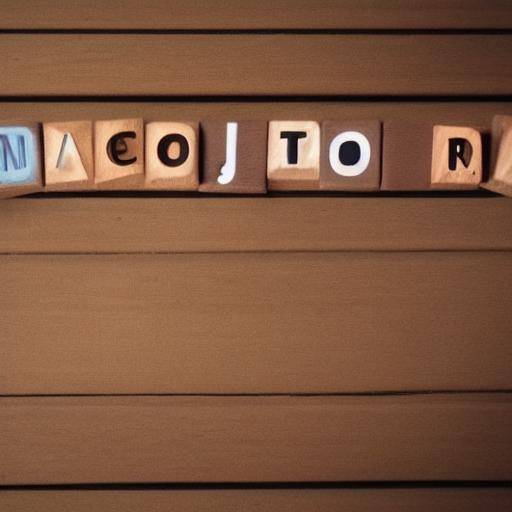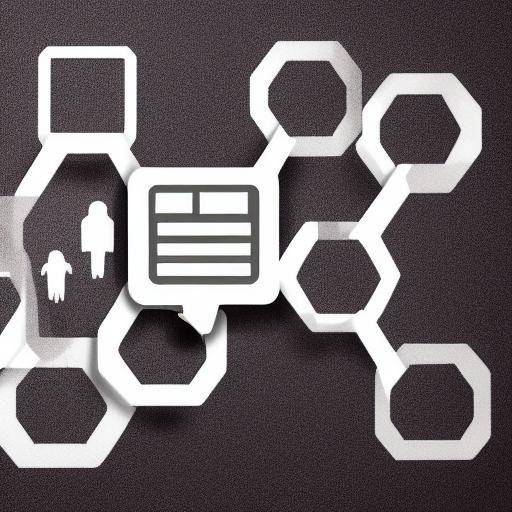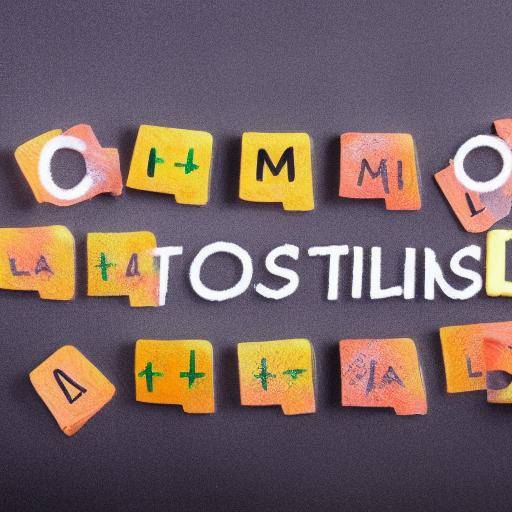
The balance between short- and long-term priorities is essential for a successful personal and professional life. The ability to plan and organize our short-term goals while maintaining the long-term vision can make a big difference in our achievements and the sense of personal satisfaction. In this article, we will explore the importance of balancing short- and long-term priorities as well as effective strategies to achieve this.
Introduction
The balance between short- and long-term priorities is a common challenge in today ' s society. With daily demands competing with long-term goals, it is crucial to find effective strategies to balance both. In this article, we will explore the importance of this balance and provide practical advice for effective planning in our personal and professional lives.
History and Background
To understand the importance of balancing short- and long-term priorities, it is essential to explore the historical evolution of planning and personal organization. From ancient philosophies to modern time management theories, humanity has constantly sought ways of improving productivity and achieving goals.
In ancient Greece, the notion of "kairos" represented the right time, a notion that emphasized the value of acting at the right time. This concept remains relevant today, as it highlights the importance of balancing daily tasks with a long-term vision.
The emergence of time management as a separate field of study occurred in the twentieth century with the pioneering work of Frederick Winslow Taylor and his focus on efficiency at work. Since then, many experts, academics and professionals have contributed to understanding how to plan and organize our lives effectively.
Deep analysis
The balance between short- and long-term priorities presents a number of significant benefits. By focusing on short-term goals, people can experience a greater sense of achievement and motivation. On the other hand, having a long-term vision allows us to establish a clear direction and stay focused on the final goals.
However, this balance is not without challenges. Daily distractions, labour pressures and family demands can make long-term planning difficult. In this regard, it is crucial to employ effective strategies of personal organization to maintain the balance between the two priorities.
Comprehensive review
The key to balancing short- and long-term priorities lies in the effectiveness of planning and personal organization. By developing time management skills, setting clear priorities and using effective planning tools, people can optimize their productivity and achieve a healthy balance between their short- and long-term goals.
Moreover, it is essential to recognize that there is no single formula for achieving this balance. Each individual must adapt their planning strategies according to their personal, professional and emotional context. Flexibility and adjustment capacity are crucial in the process of balancing short- and long-term priorities.
Comparative analysis
The concept of balancing short- and long-term priorities is closely related to planning and personal organization. While planning focuses on setting clear targets and developing a plan of action, the personal organization involves efficient management of daily tasks to move towards those goals.
By comparing these concepts, it is clear that effective long-term planning is essential for establishing direction and objectives, while personal organization is crucial for daily implementation and short-term results.
Practical Tips and Accessible Tips
Achieving the balance between short- and long-term priorities requires the implementation of actionable practices and councils. Some effective strategies include:
- Establish clear and attainable goals: Divide your long-term goals into smaller and more concrete goals that you can achieve in the short term. This will allow you to keep the focus on long-term vision while experiencing the achievement of more immediate milestones.
- Prioritize daily tasks: Identify tasks that contribute directly to your long-term goals and give them priority on your daily agenda. This will help you balance the daily demands with your long-term goals.
- Use planning and organization tools: Use tools like calendars, task lists and time management applications to keep a clear record of your commitments and goals.
- Learn to say no: Recognize your limitations and learn to say no to the demands that do not contribute to your long-term goals. Setting healthy boundaries will allow you to focus on what is really important to you.
- Review and adjust regularly: Take time to review and adjust your goals and priorities as your circumstances and objectives change. Flexibility and adaptability are key to maintaining the balance between both priorities.
Industry Perspectives and Expert Reviews
To gain a wider understanding of the balance between short- and long-term priorities, it is valuable to consider the perspectives of experts in time management, organizational psychology and personal development. Through interviews and opinions of authorities in these areas, it is possible to obtain additional ideas and strategies to effectively balance short- and long-term priorities.
According to the organizational psychologist Dr. Laura Gomez, "It is essential for people to understand that the balance between short- and long-term priorities is not only about managing time, but also about managing emotions and expectations. It is crucial to establish healthy limits, maintain a proactive approach and learn how to delegate tasks as necessary."
The views and perspectives of these experts offer valuable knowledge that can guide people in finding an effective balance between their short- and long-term priorities.
Case Studies and Real Life Applications
Case studies that illustrate the successful implementation of the balance between short- and long-term priorities are vital to understanding how these strategies can positively impact personal and professional life.
One of these case studies is that of Maria, an entrepreneur who achieved an effective balance between her short- and long-term priorities by setting clear goals, prioritizing her daily tasks and maintaining a long-term vision by making strategic decisions for her company. Through the effective management of her time and resources, Maria managed to expand her company without neglecting her personal well-being.
Future Trends and Predictions
As the professional and personal world continues to evolve, it is crucial to consider future trends in time management and personal planning. With the advancement of technology and growing globalization, new tools and approaches are likely to emerge to balance short- and long-term priorities.
Experts predict that artificial intelligence and automation will play an increasingly relevant role in time management, which will provide opportunities for greater efficiency and productivity. In addition, mindfulness and emotional well-being practices are expected to be more integrated into planning and personal organization strategies.
Conclusion
Balancing short- and long-term priorities is critical for personal and professional success. By understanding the importance of this balance and by implementing effective planning and personal organization strategies, people can optimize their productivity and achieve a greater sense of achievement.
Ultimately, the balance between short- and long-term priorities requires a combination of strategic focus, flexibility, and self-discipline. By integrating these qualities into everyday life, it is possible to achieve a healthy balance that promotes long-term progress and well-being.
Frequently asked questions
1. How can I find a balance between my short- and long-term goals?
Finding a balance between short- and long-term goals involves setting clear priorities, planning ahead and being flexible in setting goals as needed. It is essential to maintain a proactive approach and seek support when necessary to achieve an effective balance.
2. What are the main barriers to balancing short- and long-term priorities?
Some of the common barriers include procrastination, lack of focus, overload of work and inability to maintain a long-term vision. Identifying and addressing these barriers is key to achieving an effective balance between both priorities.
3. What role does planning play in the balance between short- and long-term priorities?
Effective planning is critical to maintaining the balance between short- and long-term priorities. By setting clear targets, developing an action plan and monitoring progress, time management and achieving goals can be optimized.
4. How can I manage stress associated with the balance between short- and long-term priorities?
Effective stress management requires self-care techniques, such as mindfulness practice, the establishment of healthy limits and the search for social support. It is important to recognize stress signals and take proactive measures to manage it healthily.
5. What impact does the balance between short- and long-term priorities on productivity and well-being have?
Finding an effective balance between short- and long-term priorities can significantly boost productivity and well-being. By maintaining focus on long-term goals and efficiently managing daily tasks, people experience a greater sense of achievement and satisfaction.
6. How can I maintain long-term motivation while focusing on short-term goals?
Maintaining long-term motivation involves constantly recalling the overall vision, celebrating short-term achievements and seeking inspiration in the personal development process. In addition, surrounding a support environment and motivating resources can help maintain long-term motivation.
The balance between short- and long-term priorities is a crucial aspect of a full and successful life. By implementing effective planning and personal organization strategies, it is possible to achieve a healthy balance that promotes progress and realization in all areas of life.
Remember that by balancing your short- and long-term priorities, you will be creating a solid basis for long-term success and well-being.

















